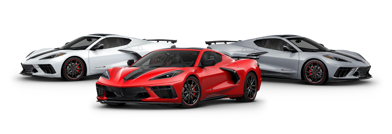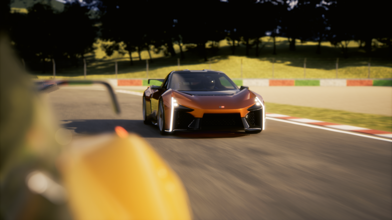Sponsored by NZ Transport Agency Waka Kotahi


The joy of riding a motorcycle comes from being able to blow away the cobwebs by being out in the elements and feeling free. It’s thrilling stuff when there’s nothing between you and the road, but thrills can come with spills. Part of being a good rider is being serious about choosing a safe and fit-for-purpose motorcycle and wearing certified personal protective gear.
Good motorcyclists know their savvy decisions can help to increase their safety on the road. Todd Wylie, NZTA’s principal advisor of vehicle safety says, “that covers riders’ own behaviour, awareness of others and our equipment choices”.
Motorcycles are much less stable than cars, and it takes much more skill to ride one than drive a car, so if something goes wrong it’s much harder to avoid issues or reduce the severity of a crash. There is much less margin for error.
Regardless of the brand or cc, when you’re choosing a motorcycle look for safety features that will help keep the bike controllable should something go wrong.

Over the years, technology has played a significant role in enhancing the safety of motorcycle riding, with advancements in all areas. This has resulted in increased rider protection, improved handling, and better visibility.
Braking too hard can destabilise a motorcycle and lead to either the front or rear wheels locking, causing the bike to overturn or slide. An anti-lock braking system (ABS) or a combined braking system (CBS) are the key solutions and are especially valuable in wet and winter riding conditions.
By modulating brake pressure, anti-lock braking systems allow riders to maintain control while reducing the risk of skidding or losing stability. As its name suggests, ABS works to prevent a motorcycle’s wheels from locking when braking and helps you to keep steering safely.
According to Todd, research has found a motorcycle with ABS used correctly means a rider is 35 per cent less likely to be a part of a collision or accident than without, with one study focused on the benefits for novice riders, in particular. The evidence was a key driver in the phased mandate from April 2020 that all new-model motorcycles of more than 50cc must have either ABS or CBS. Professional rider coaching to teach motorcyclists how to use ABS in an emergency is recommended.
It’s not just motorcycles that have improved. What you wear has too. Helmets are a minimum legal requirement, but best practice is to have full safety gear and to ensure it’s all been independently tested to a high standard.
Effective motorcycle gear can prevent injury and hospitalisation if you crash. However, researchers have found that more than 25 per cent of protective clothing worn by riders is poor quality and can fail under crash conditions.

The best place to start when considering protective clothing is MotoCAP (Motorcycle Clothing Assessment Program). MotoCAP is an independent, free resource supported by governments and private road safety organisations across Australia and New Zealand. Its experts randomly select gear on the market and purchase it for testing and rating, then publish the results.
Helmets have been compulsory in Aotearoa since 1973, and with good reason. Helmets decrease the severity of head injuries, the likelihood of death or permanent disability, and reduce time recuperating from injury. However, when you’re choosing a helmet, make sure it’s approved (such as NZS 5430), and is properly fitted. A safe and effective helmet needs to have a snug, even fit and you must not be able to roll the helmet off your head when it’s done up. Ask your dealer to help make sure you get the right fit. For better visibility, choose a light-coloured helmet.
An abrasion-resistant jacket, pants and gloves are needed to help you avoid cuts, gravel rash and friction burns from contact with the road. New Zealand road surfaces are particularly coarse too, meaning motorcycle clothing which rates well in European testing may not be up to scratch here.
Just as important as abrasion resistance is impact protection. This too is tested by MotoCAP, and it is covered by the CE standard EN1621, with two levels of protection. Favour Level 2 over Level 1, particularly for open-road riding. Also ensure you have armour fitted in all the right places: shoulders, elbow, spine, hips and knees, plus proper armoured motorcycle boots.
Todd says MotoCAP tests for breathability, safety, and Australia/New Zealand-specific abrasion resistance – and the best equipment doesn’t necessarily cost more either. “Just do your research, and shop around,” he says. To avoid fatigue and distraction, he also recommends making sure safety gear you choose will be comfortable for the duration of your ride.
And to really ensure you’re the best – and safest – rider you can be, sign up for rider coaching. An initiative such as a Ride Forever course teaches the skills to avoid getting into risky situations, and how you should deal with them if you do.
[CTA] For more information on choosing the right motorcycle and protective gear, visit nzta.govt.nz/safety/motorcycles/




